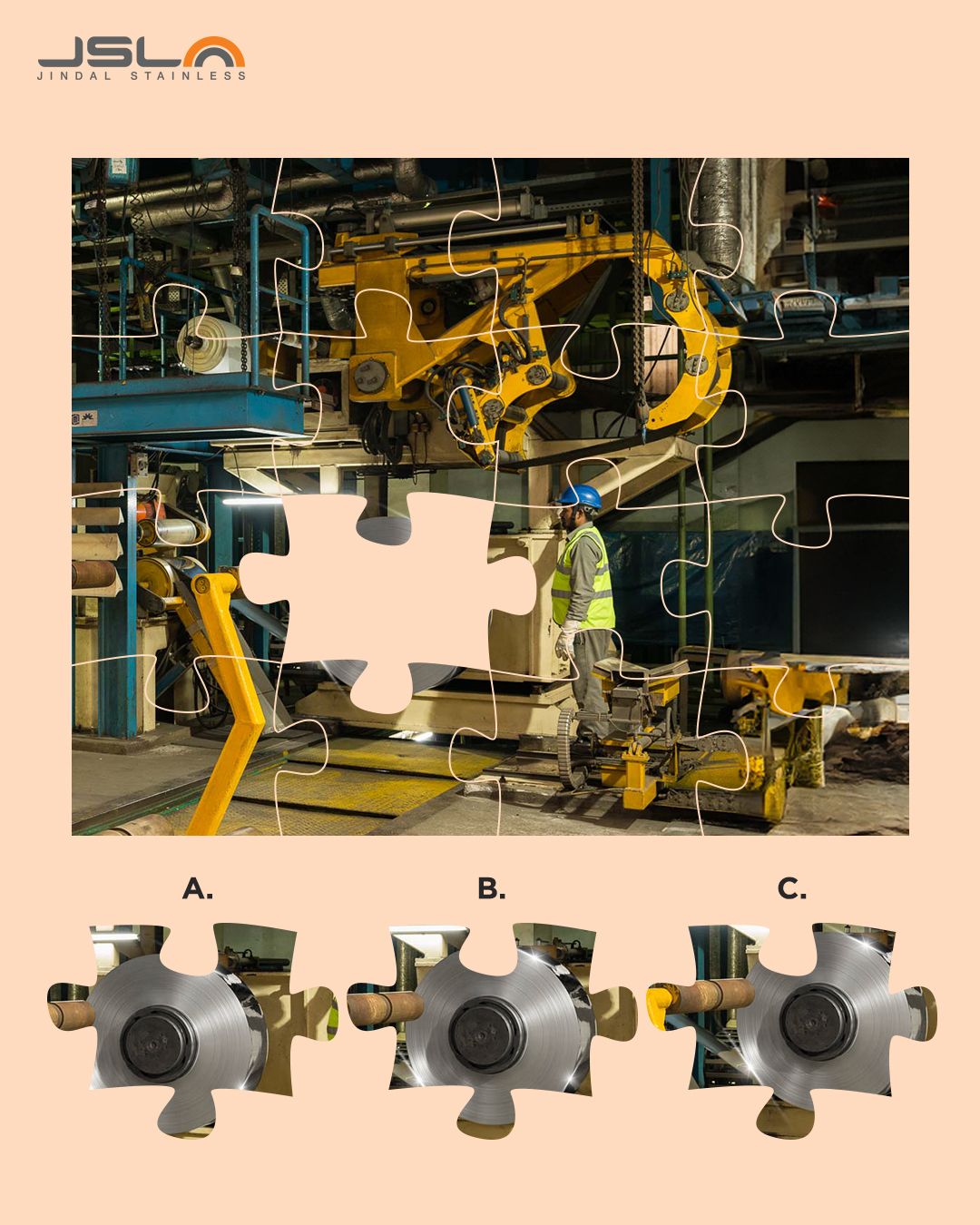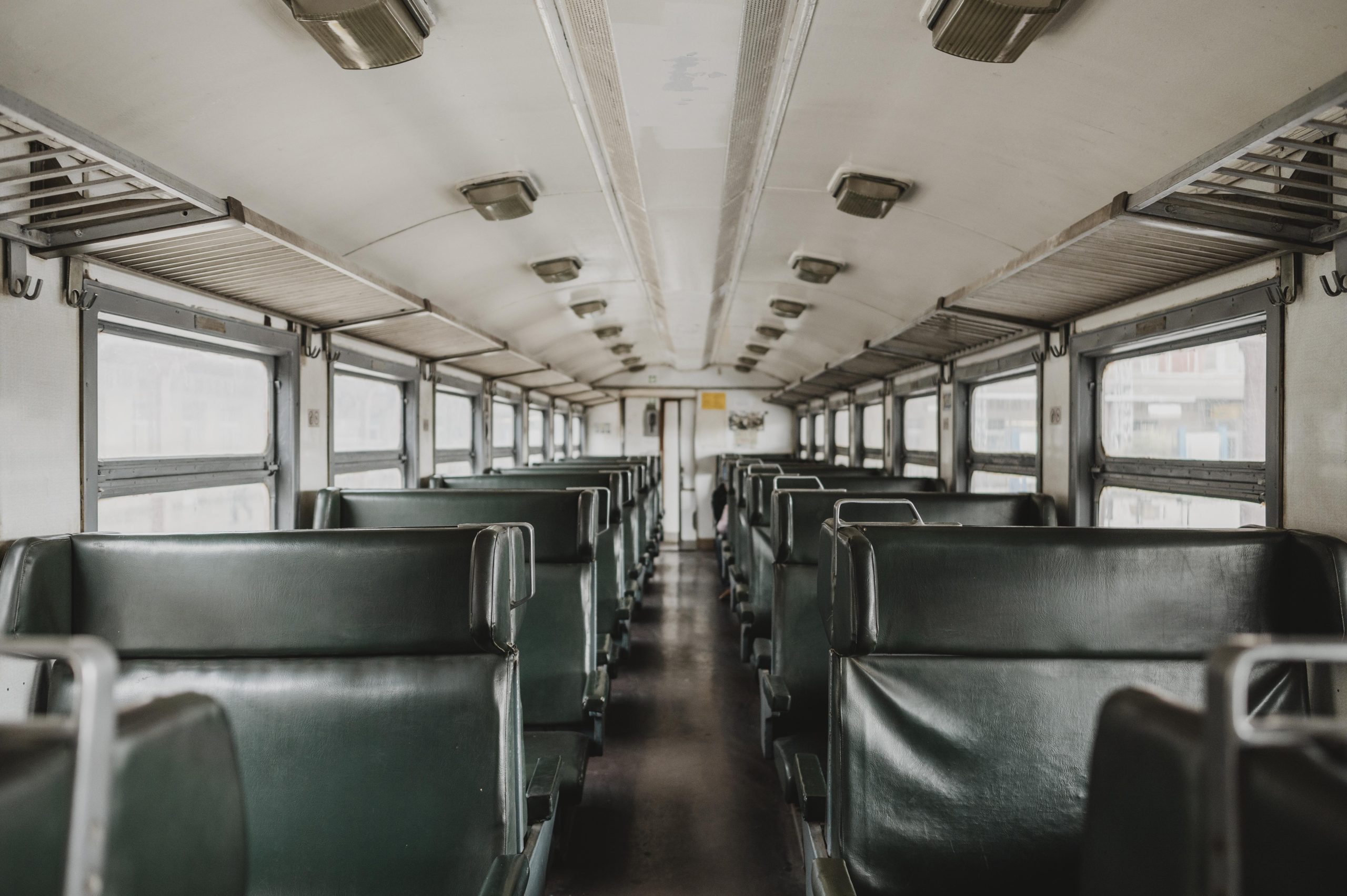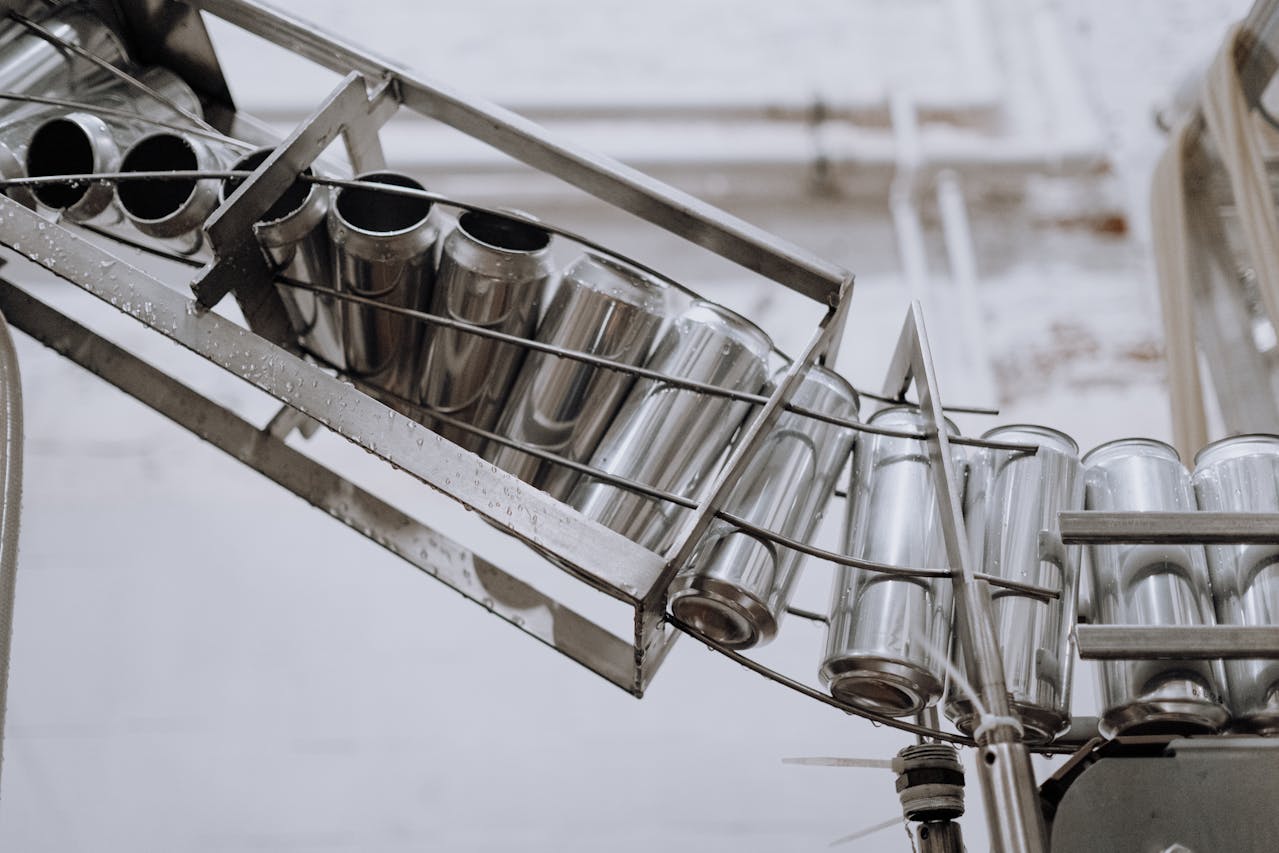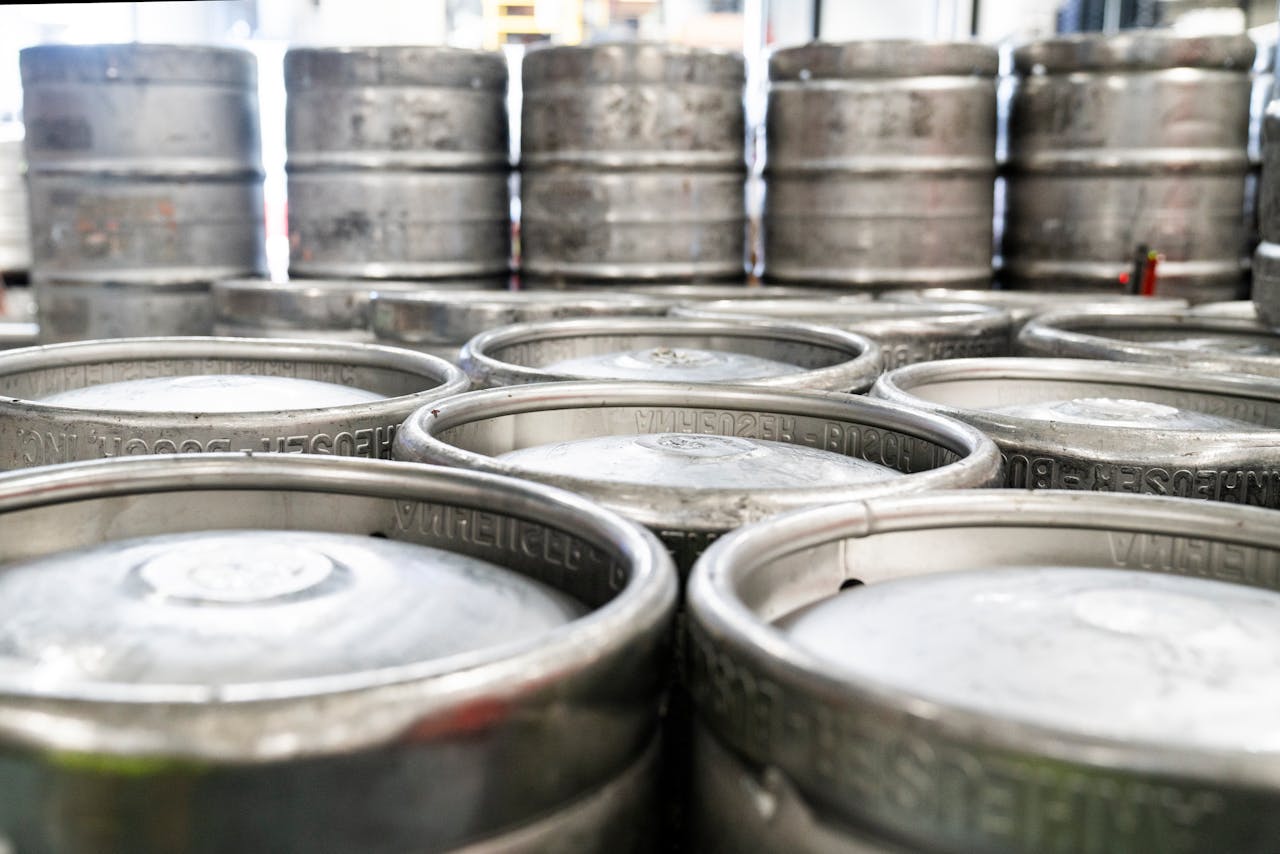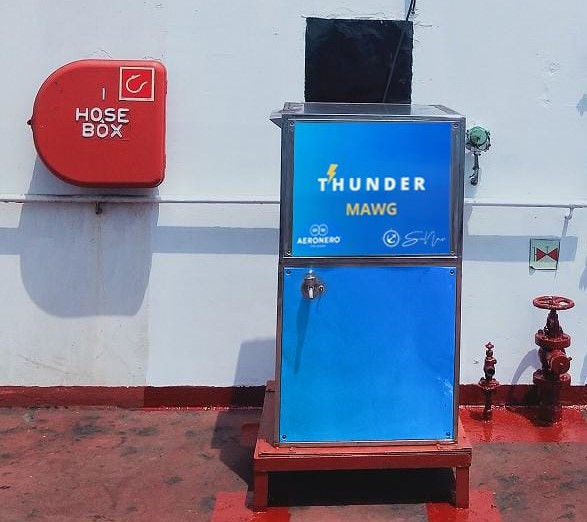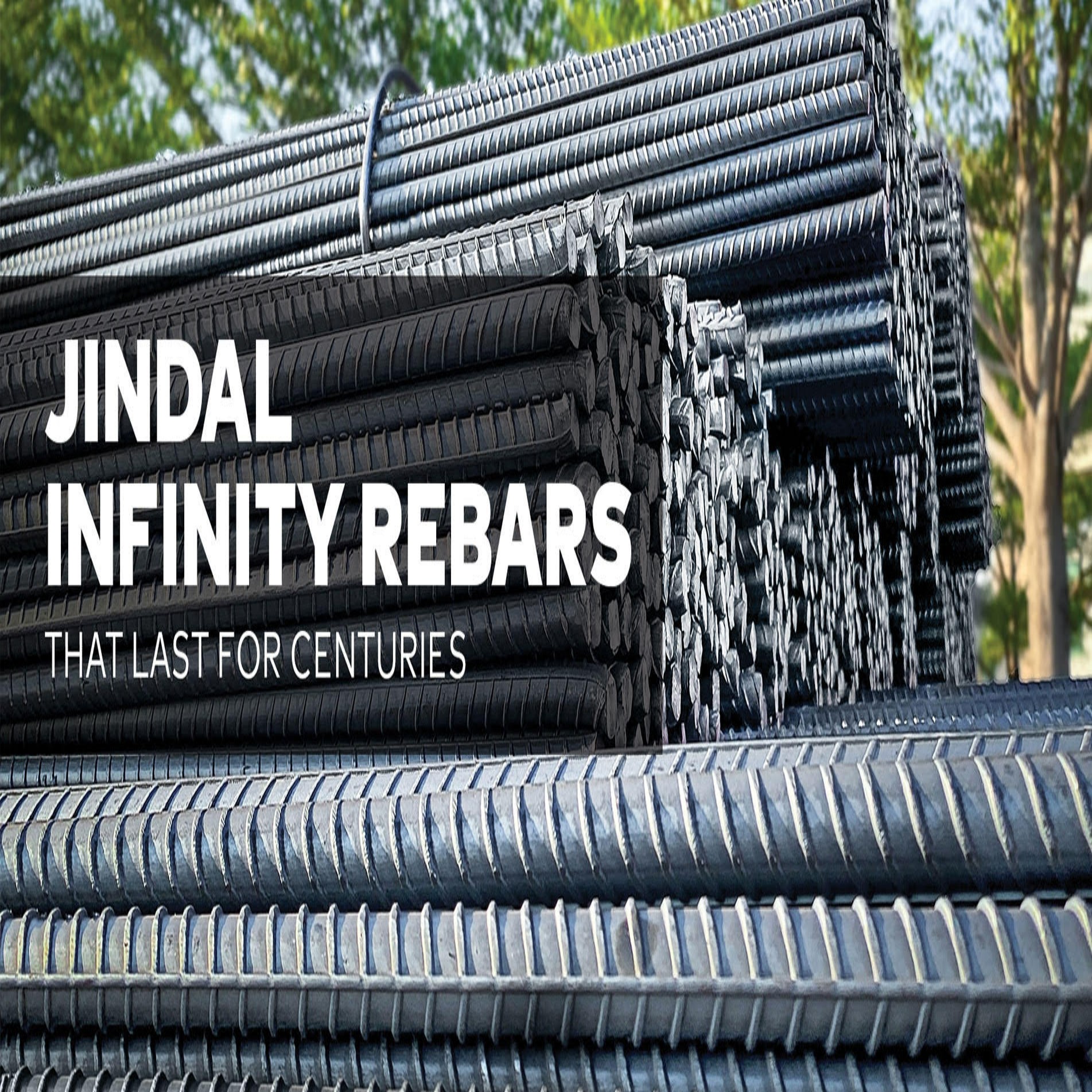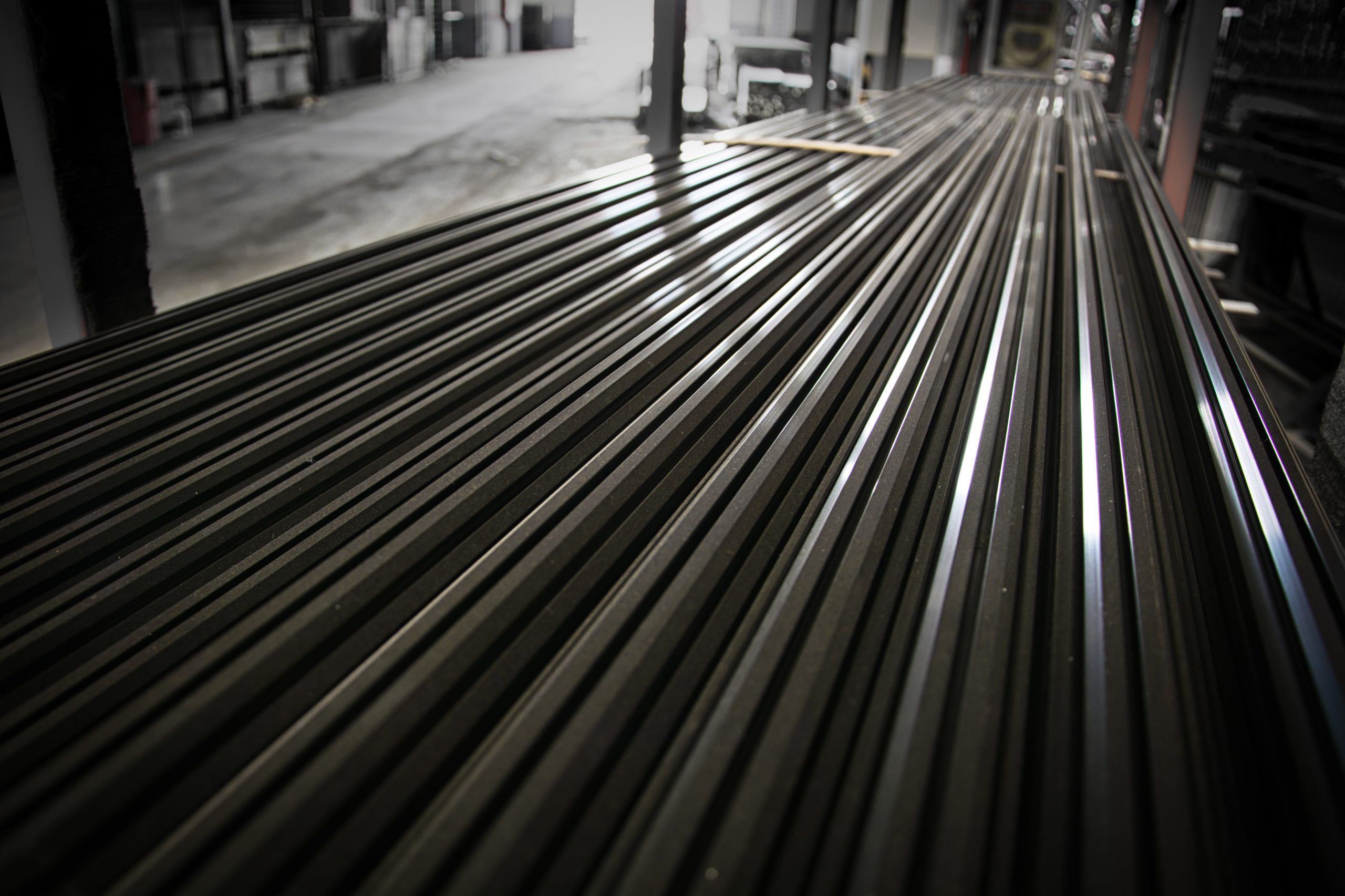Why Stainless Steel is the Smart Choice for Modern Buses
May 14, 2025
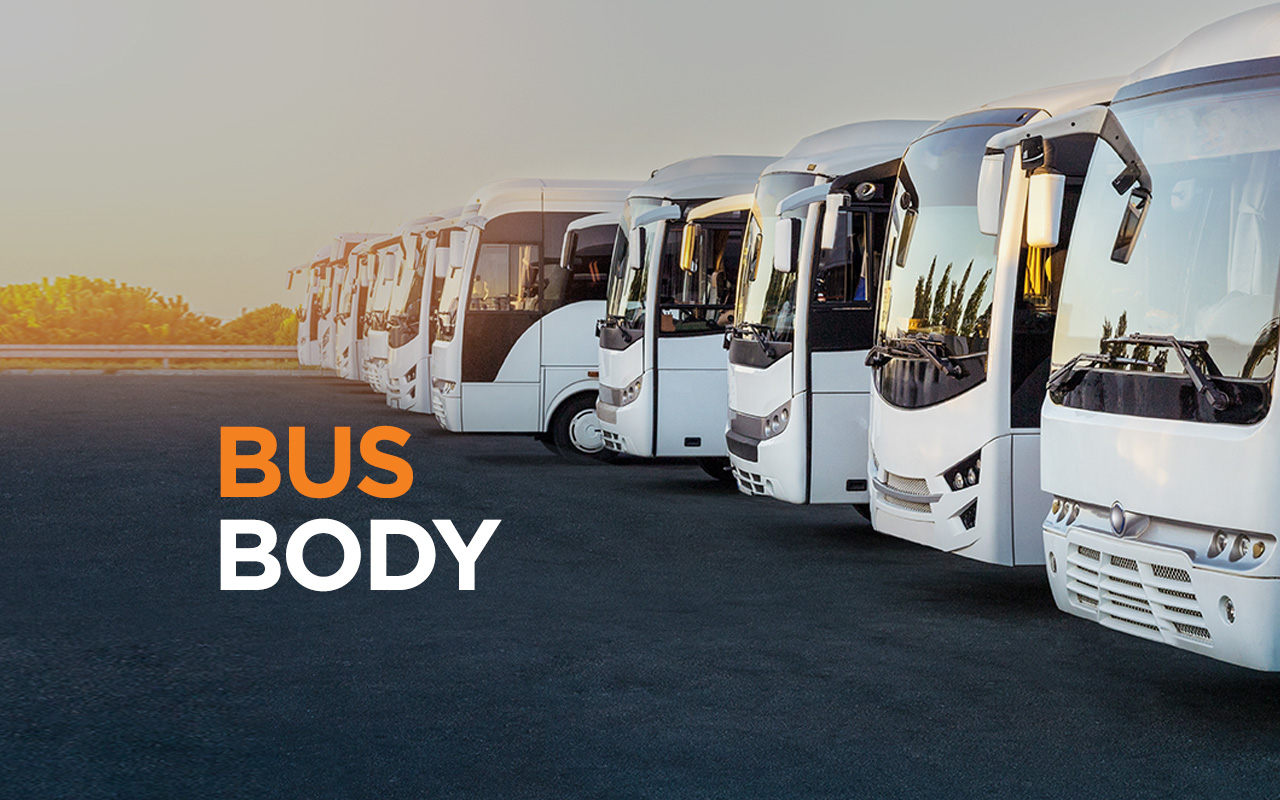
Stainless Steel is becoming a popular choice for manufacturing bus bodies around the world. It is strong, safe, and long-lasting, which makes it ideal to manufacture the buses’ bodies and parts like the side panels, floors, and luggage areas. With its anti-corrosive properties, Stainless Steel doesn’t corrode easily and is lighter than many other materials. The buses made with stainless steel are fuel-efficient and also help keep passengers safer in case of accidents, especially during rollovers.
And since stainless steel can be fully recycled, it’s a smart and eco-friendly choice to manufacture buses that are sustainable and environment-friendly.
Why Stainless Steel is a preferred choice?
The bus manufacturing industry has long relied on carbon steel and aluminium. However, stainless steel offers significant advantages over traditional materials in several key areas:
| Stainless Steel | Mild Steel |
| Offers high corrosion resistance, making it ideal for long-term use, especially in harsh weather and road conditions. | Has low corrosion resistance, which reduces the life of the vehicle |
| Provides high tensile strength, which improves structural integrity and safety in bus designs. | Has lower tensile strength, making it less suitable for withstanding heavy stress or load. |
| It is known for its long-term durability, reducing the need for frequent repairs or part replacements. | Less durable and more likely to wear out. It requires regular maintenance. |
| Requires low maintenance due to its resistance to environmental damage and easy cleaning. | It needs regular maintenance, increasing downtime, and operational costs. |
| Offers sleek and modern aesthetics. | Appears dull and less refined. |
| Lightweight material contributes to lower weight and improved fuel efficiency. | Heavier by nature, which adds to fuel consumption and reduces overall efficiency. |
| Environmentally-friendly as it is more sustainable and fully recyclable at the end of its lifecycle. | Less sustainable due to higher energy use in production and limited recyclability. |
The Role of Stainless Steel in Bus Applications
In modern bus manufacturing, stainless steel plays an important role not just in enhancing durability but also in reducing long-term maintenance and improving overall structural integrity. Its uses go far beyond the outer body,
Stainless steel is used extensively in the following structural and support areas:
- Sidewall panels
- Roof structures
- Floor structures
- Understructure cross-members
- Front and rear frames
- Windows pillars
- Roof bows
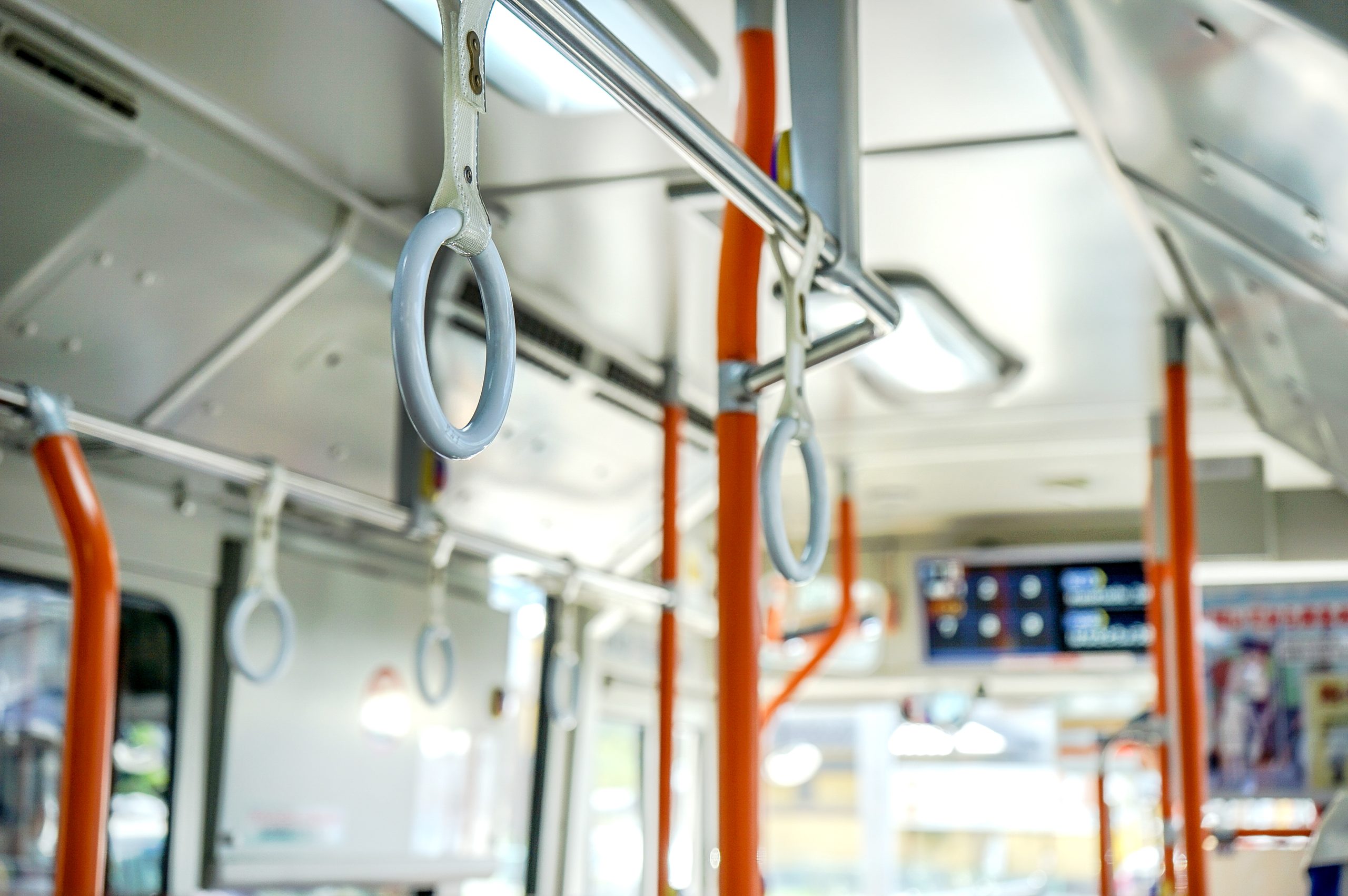
|
The Jindal Stainless Bus Body Benefits
|
What makes stainless steel truly valuable in these applications is its natural corrosion resistance. Unlike traditional materials that require frequent repainting or anti-corrosion coatings, stainless steel maintains its finish and strength over time.
This means buses made of stainless steel last significantly longer and require less maintenance, reducing the lifecycle costs. Although the initial investment may be higher compared to conventional materials, the long-term savings in maintenance, downtime, and replacement make stainless steel a more cost-effective and sustainable choice.
For fleet operators, this performance reliability is especially important in demanding urban and long-distance travel environments. When manufacturers choose stainless steel, they ensure safety and robustness and even contribute to a more sustainable and cost-effective public transportation system.
Good To Know
Some of the best grades from Jindal Stainless for your bus body components are as follows:
|
Components |
SS Grades |
|
Superstructures |
JT Tubes (Square & Rectangular) |
|
Roof and Outer Panels |
JT Sheets |
|
Inner Panels |
SS 430 (Mirror/Special Finish) |
|
Floor, Footsteps, Luggage Carriers |
JT Chequered |
|
Hand Rails, Grab Poles, Window Rails, Stanchions |
SS 304 Round Tubes (Polished) |
Lifecycle Cost Benefits of Stainless Steel
Despite the slightly higher upfront cost, the lifecycle cost of stainless steel buses is significantly lower. The following table outlines the cost differences:
| Parameter | Details |
| Weight Reduction of Superstructure | The use of stainless steel results in a 25-35% weight reduction, approximately 600kg. |
| Fuel saved per 100 km (for 600 kg reduction) | A weight reduction of 600 kg helps save approximately 1.3 litres of diesel for every 100 km travelled. |
| Average Annual Distance Travelled | Buses in India travel an average distance of 1,00,000 km per year |
| Annual Fuel Savings | This weight reduction translates to a diesel saving of around 780 litres per year. |
| Diesel Cost per liter | The current price of diesel is considered ₹94 per litre. |
| Annual Cost Savings | The annual cost savings from fuel alone are approximately ₹75,000. |
| Total Savings Over 12 years. | Over a typical 12-year bus lifecycle, the total fuel savings amount to ₹9 lakhs. |
| Payback Period | The payback period for investment in stainless steel is estimated to be 7 to 8 months. |
| Repair and maintenance Savings | Additional savings of ₹20,000 to ₹30,000 can be expected from reduced repair and maintenance needs, |
| Total Lifecycle Savings | The total lifecycle cost savings from fuel, maintenance, and repairs range between ₹12 lakhs to ₹15 lakhs. |
Stainless Steel for a Smarter Fleet
Stainless steel buses deliver lasting strength, lower maintenance, and long-term value. Switching to stainless steel components means less downtime, improved safety, and a better return on investment.
Thinking of upgrading? Check out more details here about how stainless steel is utilised in modern bus bodies for an informed decision.
